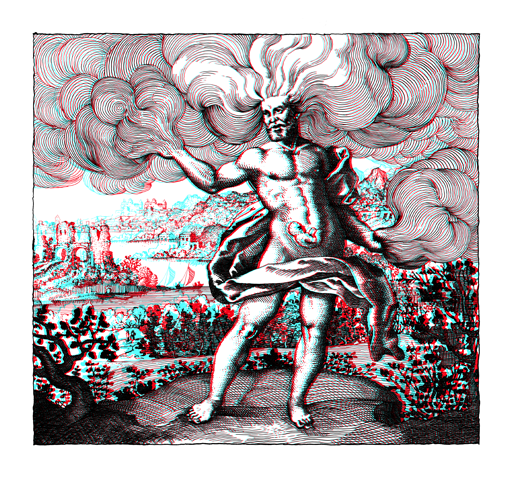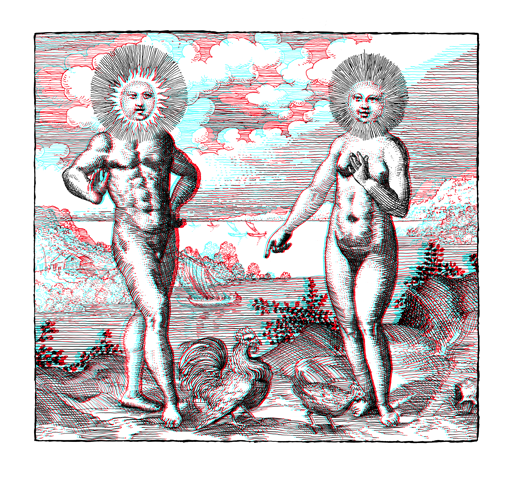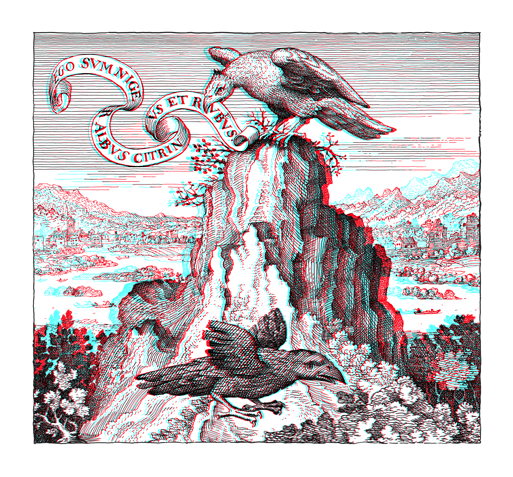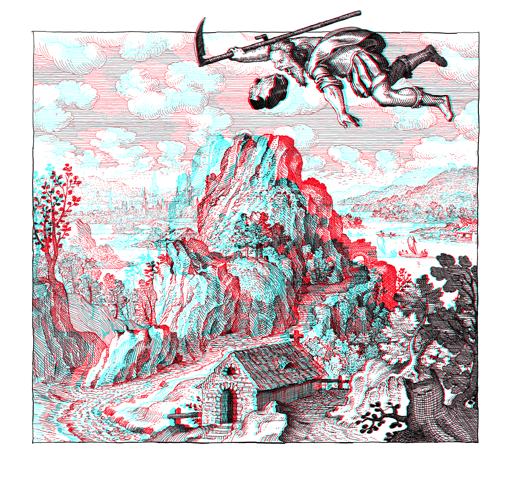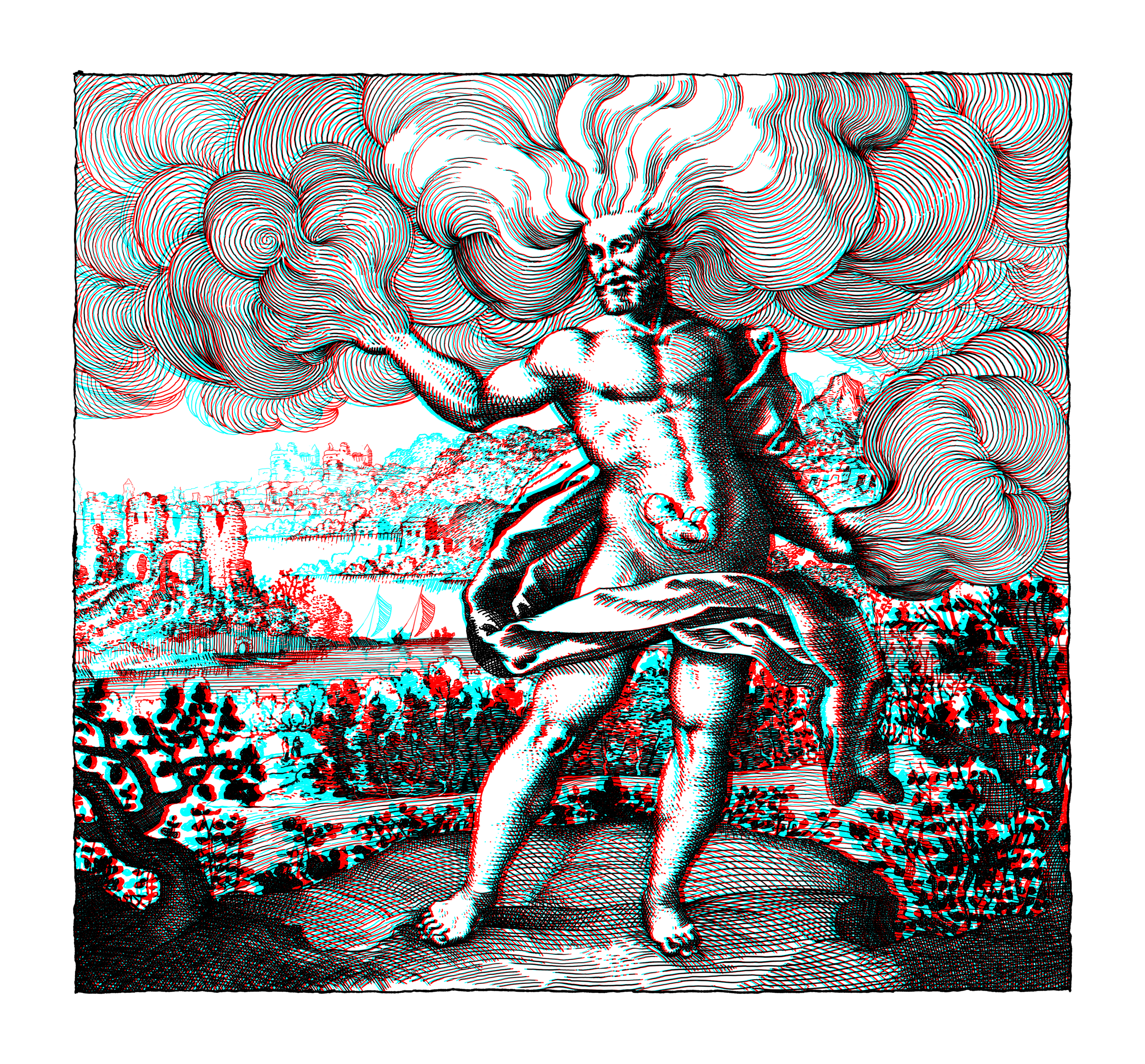
Emblema I: Portavit eum ventus in ventre suo.
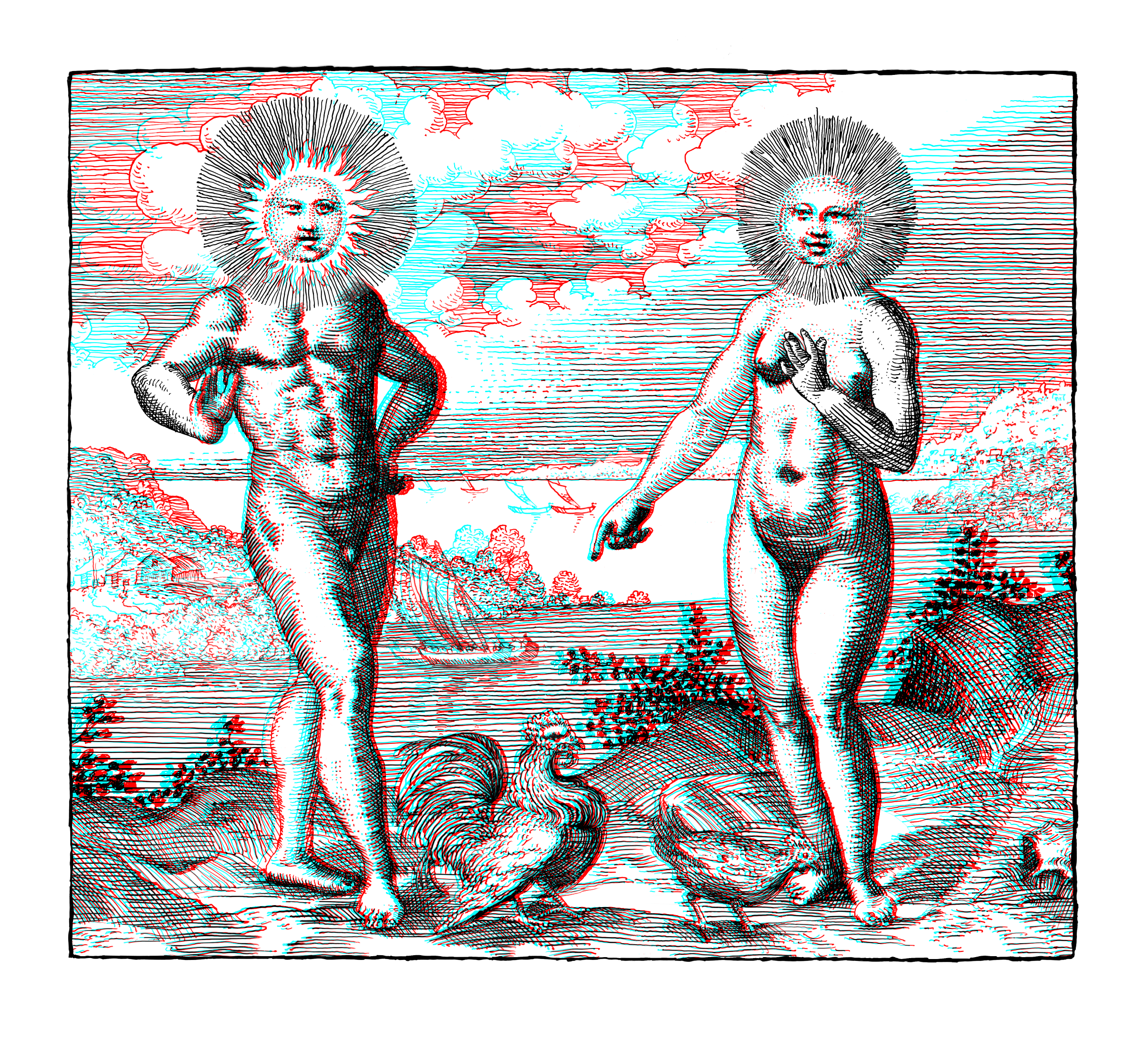
Emblema XXX: Sol indiget lunâ ut gallus gallinâ.
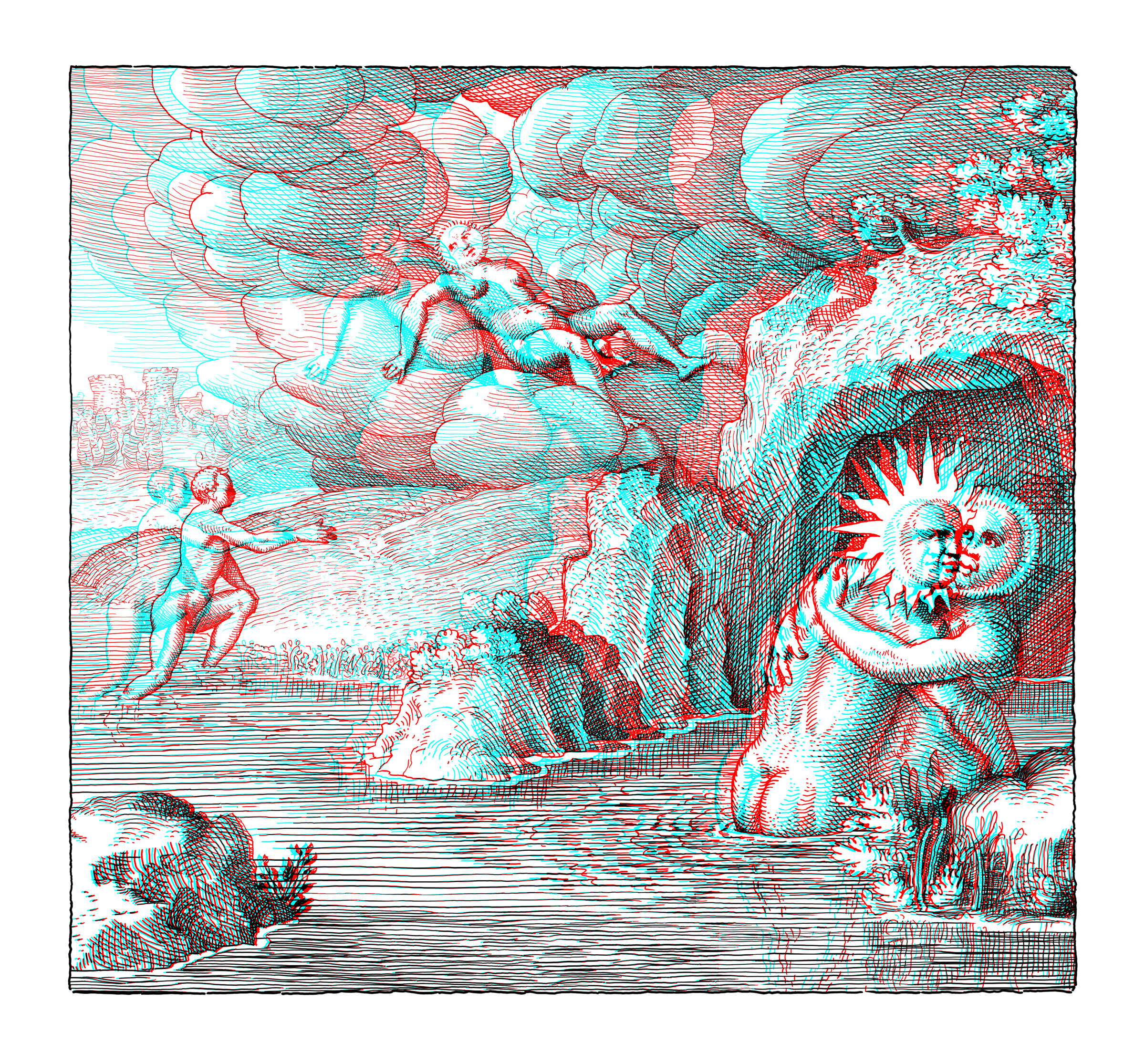
Emblema XXXIV: In balneis concipitur, & in aëre nascitur, rubeus verè factus graditur super aquas.
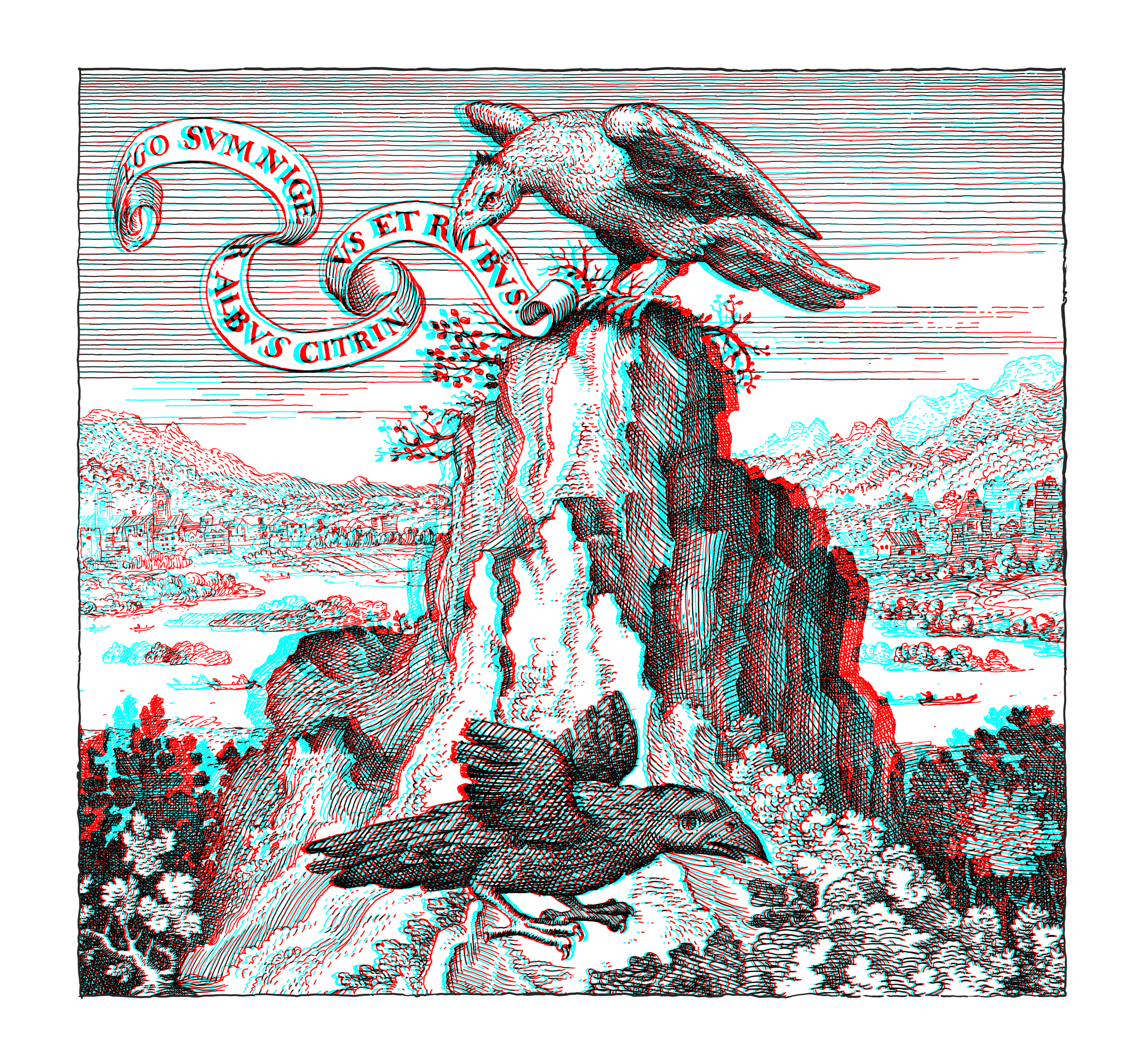
Emblema XLIII: Audi loquacem vulturem, qui neutiquam te decipit.
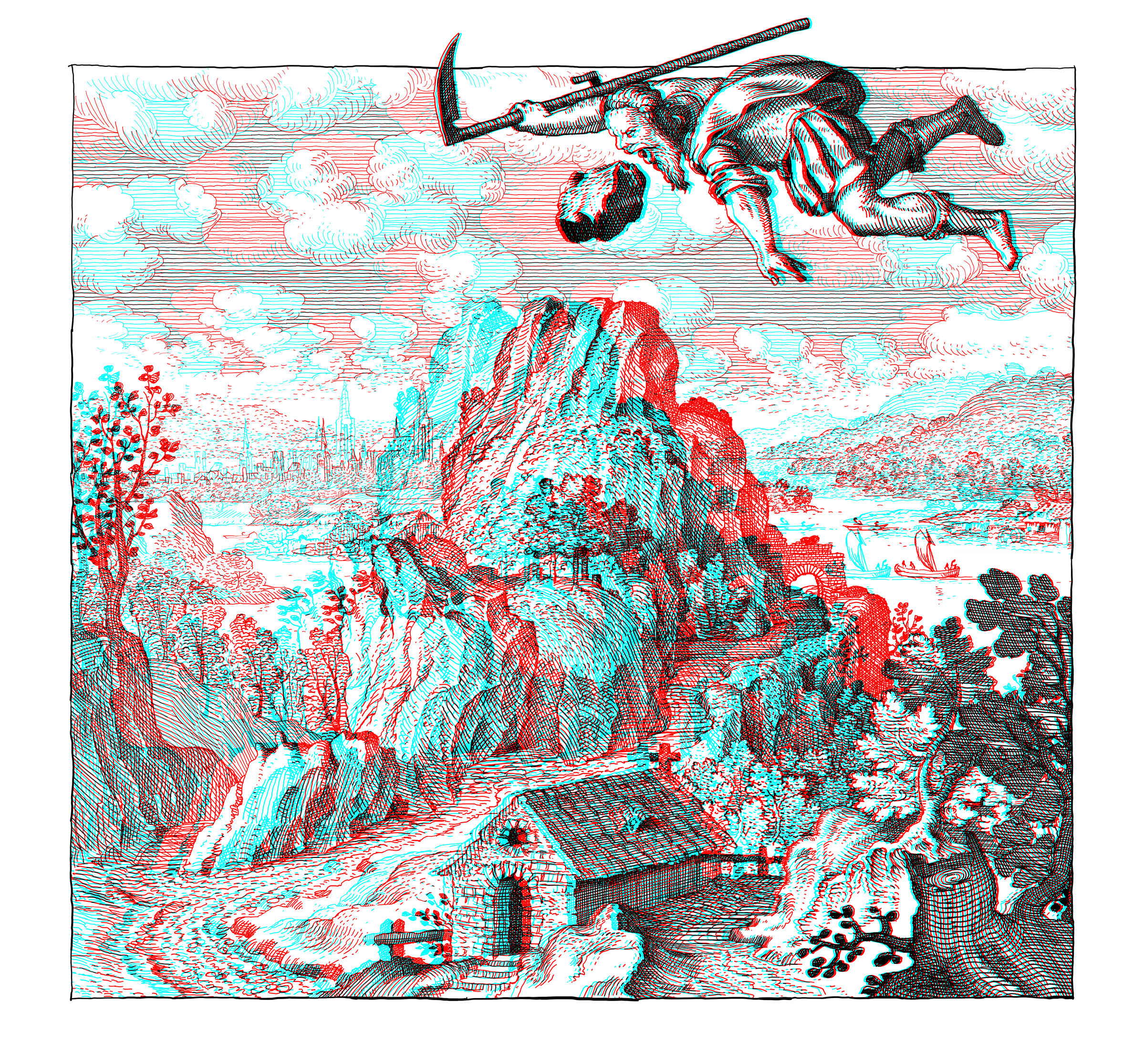
Emblema XII: Lapis, quem Saturnus, pro Jove filio devoratum, evommuit, pro monumento in Helicone mortalibus est positus.
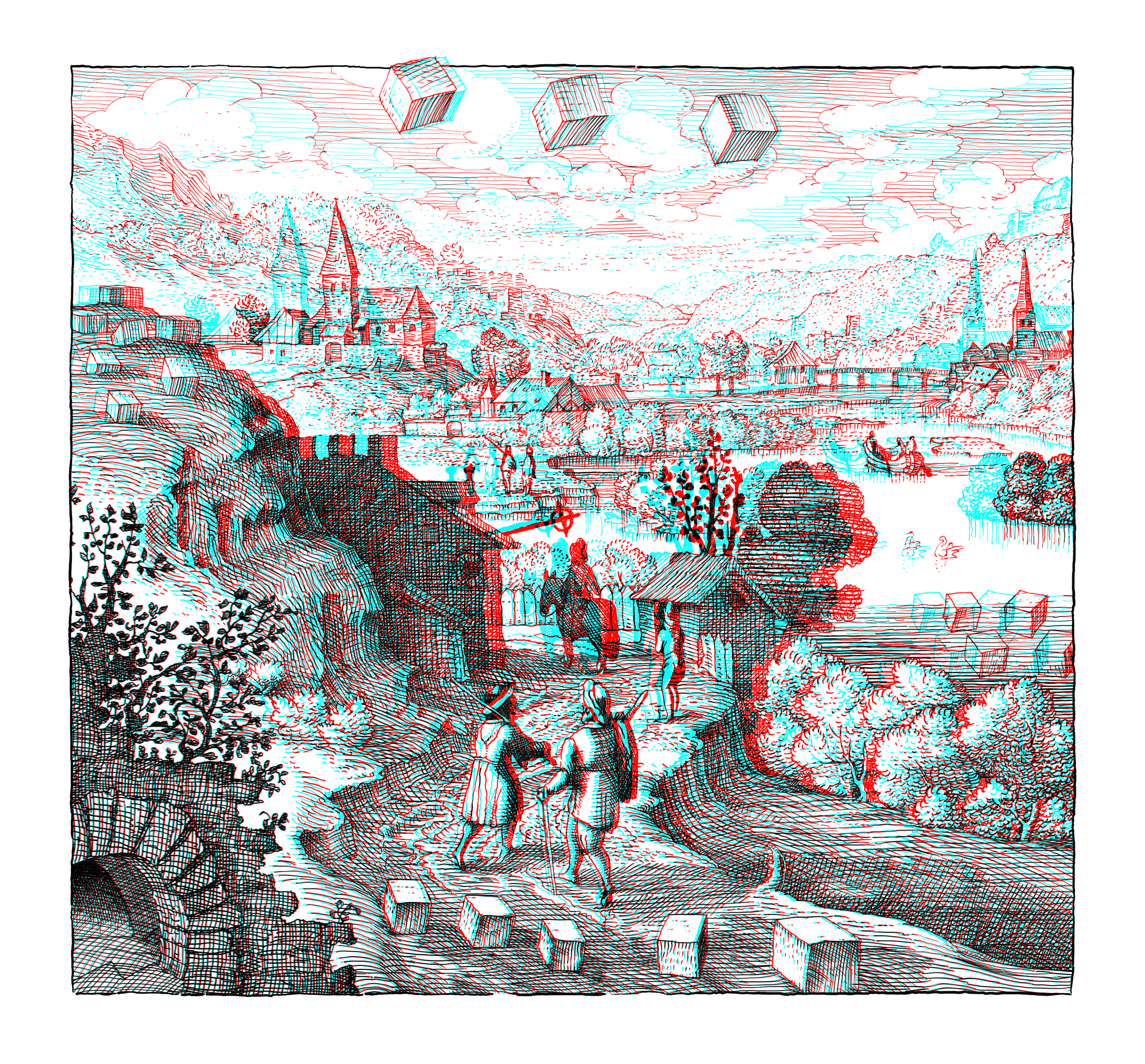
Emblema XXXVI: Lapis Projectus Est In Terras, & In Montibus Exaltatus, & In Aëre Habitat, & In Flumine Pasciture, Id Est Mercurius.
